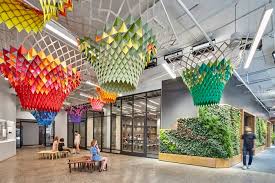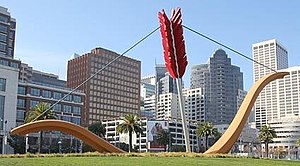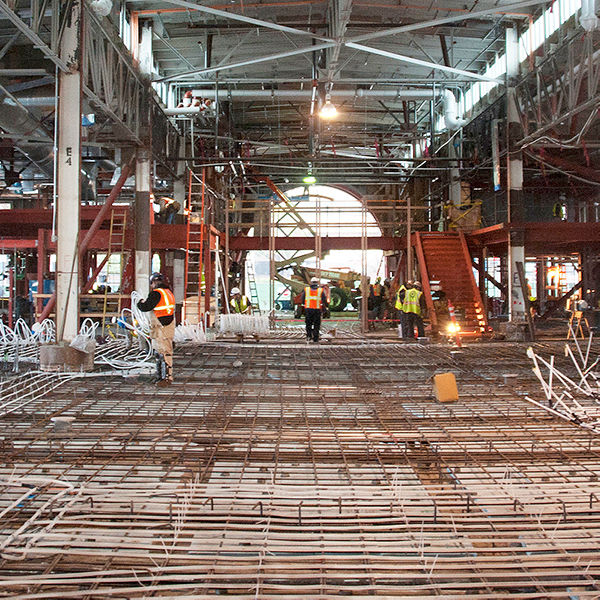Digital Downtown: catch the artful show
- Alice Devine
- Aug 20, 2020
- 2 min read
Updated: Sep 21, 2021
Art -- along with fluffy dogs -- is often referred to as a social object. Both encourage a crowd, conversation and sometimes, controversy.

That's no news to museums, and increasingly, property owners and employers. Art docents engage the public through 'visual thinking strategies' which promote reflection and conversation. The techniques range from reflecting observations and asking ("I heard you say you think anyone with a can of paint could create this canvas...why do you think the artist chose these colors?" to open ended invitations, like "tell me more." It's the Tell-Me-More moment that really classifies art as social object because it provokes discussion, debate, and occasionally, naughty adjectives. In so doing, a community is created, even if that group expresses wildly varied opinions.
In an effort to create this type of cultural environment, cities often require public art for property development approval. The City of San Francisco, for instance, has a "1% - for art program" that requires that large projects in the Downtown and nearby neighborhoods provide public art that equals at least 1% of their total construction cost. Alternatively, some projects may choose to contribute a portion of their 1% art requirement to San Francisco's Public Art Trust. Assuming a1million square foot high rise at $350/square foot for core and shell construction, a developer's art purse will weigh in at a hefty $3,500,000. Talk about buying quite a bit of social engagement!
While definitions of art vary from planning commission to commission, developers usually play the deciding role in choosing art that will adorn their buildings. Over the past decade, landlords have transitioned from traditional paintings to sculpture, digital displays, and contemporary -- and sometimes controversial -- artists. For example, the 1070 - foot tall Salesforce Tower in San Francisco features11,000 LED lights turned inward to reflect off the Tower, displaying soft, pixelated images that move. Movement is key as the images are captured by cameras around San Francisco. Videos such as rolling Pacific Ocean surf or fog or even a dancer may glide across the massive 'screen' created on the Tower. In still other instances of public art, buildings such as 199 Fremont in San Francisco incorporate rocklike sculptures into exterior plazas. Outside or inside, art impacts visitor experience and can become a defining feature of the property.
With our current social distancing, one wonders if public art or a particular type of public art matters. After all, office tenants aren't lingering over coffee in the lobby. Six feet of masked distance does little to encourage dialogue. Further, does art in open spaces add more value than interior decor? Should developers be required to spend these amounts for installations that have a limited audience? Perhaps initiatives such as Google's Art Project could fill a void. Intuitively, we sense that public art does matter, as well as the community it creates. In the meantime, however, perhaps we should take that other social object -- the pooch -- for a walk that starts at Cupid's sculpture. Then, Tell Me More.
For more on real estate leasing, marketing and tenant retention, see my book link: https://www.amazon.com/dp/1733530703/







Comments